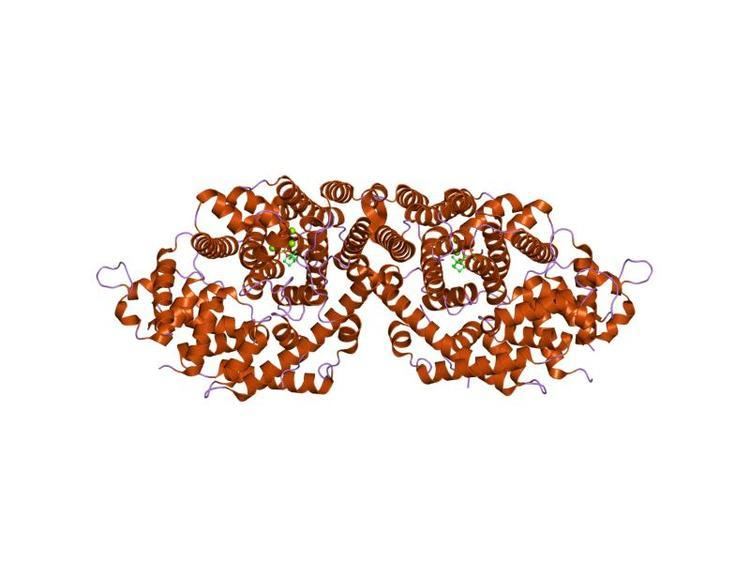Symbol Terpene_synth InterPro IPR001906 SUPERFAMILY 5eau | Pfam PF01397 SCOP 5eau Pfam structures | |
 | ||
In molecular biology, this protein domain belongs to the terpene synthase family (TPS). Its role is to synthesize terpenes which are part of primary metabolism, such as sterols and carotene and also part of the secondary metabolism. This entry will focus on the N terminal domain of the TPS protein.
Contents
Function
Terpenes synthases have a role in producing important molecules in metabolism, these molecules are part of a large group called terpenoids . In particular, the N terminal domain has feature of the copalyl diphosphate synthase (CPS) active site.
Structure
The N-terminal domain forms an alpha-barrel similar to that of the sesquiterpene cyclase epiaristolochene synthase.
Conservation
Sequences containing this protein domain belong to the terpene synthase family. It has been suggested that this gene family be designated tps (for terpene synthase). Sequence comparisons reveal similarities between the monoterpene (C10) synthases, sesquiterpene (C15) synthases and the diterpene (C20) synthases. It has been split into six subgroups on the basis of phylogeny, called Tpsa-Tpsf .
